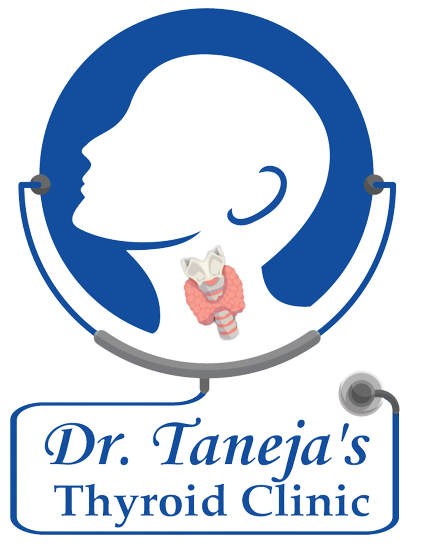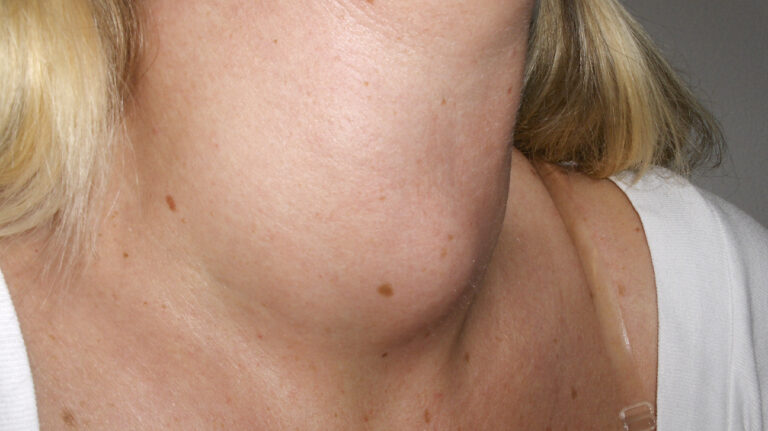Diagnosis And Classification Of Simple Goitre
Simple goitre, a non-toxic enlargement of the thyroid gland, is a common endocrine disorder primarily caused by iodine deficiency. This condition can manifest in various forms, ranging from a slight enlargement to a significant swelling that can cause discomfort and functional problems. Proper diagnosis and classification are essential for effective management and treatment of simple goitre. This article delves into the diagnostic procedures and classification methods for simple goitre, providing a comprehensive understanding for healthcare professionals and patients alike.
Understanding Simple Goitre
Simple goitre is characterized by the uniform enlargement of the thyroid gland without signs of hyperthyroidism or hypothyroidism. It typically arises from inadequate iodine intake, which is necessary for thyroid hormone production. When iodine levels are insufficient, the thyroid gland compensates by growing larger to capture more iodine from the bloodstream.
Causes and Risk Factors
While iodine deficiency remains the primary cause, other factors can contribute to the development of simple goitre. These include genetic predisposition, certain medications, and environmental factors such as goitrogens in food and water. Understanding these factors is crucial in diagnosing and classifying the condition.
Diagnosis of Simple Goitre
The diagnosis of simple goitre involves a combination of clinical evaluation, laboratory tests, and imaging studies. A thorough history and physical examination are the first steps in identifying the presence of goitre.
1. Clinical Evaluation
During the clinical evaluation, a healthcare provider will assess the patient’s medical history, paying attention to symptoms such as neck swelling, difficulty swallowing, and breathing issues. The physical examination includes palpation of the thyroid gland to determine its size, consistency, and the presence of nodules.
2. Laboratory Tests
Laboratory tests are essential for evaluating thyroid function and identifying underlying causes. The primary tests include:
- Thyroid-Stimulating Hormone (TSH) Test: Measures the level of TSH in the blood, which helps assess thyroid function.
- Thyroid Hormone Levels (T3 and T4): Evaluate the levels of thyroid hormones triiodothyronine (T3) and thyroxine (T4).
- Anti-Thyroid Antibodies: Tests for antibodies such as anti-thyroglobulin and anti-thyroid peroxidase to rule out autoimmune thyroid diseases.
3. Imaging Studies
Imaging studies provide detailed information about the thyroid gland’s structure and help identify any abnormalities. The primary imaging techniques include:
- Ultrasonography: The most common imaging method used to assess thyroid size, structure, and the presence of nodules or cysts. It helps distinguish between diffuse and nodular goitre.
- Radioactive Iodine Uptake (RAIU) Test: Measures the thyroid gland’s ability to absorb iodine, helping evaluate its functional status.
- Thyroid Scintigraphy: Uses a small amount of radioactive material to create images of the thyroid and identify areas of increased or decreased activity.
Classification of Simple Goitre
Classifying simple goitre is crucial for determining the appropriate management strategy. The classification can be based on various criteria, including the size, morphology, and functional status of the thyroid gland.
1. Classification by Size
The World Health Organization (WHO) classifies goitre based on its size and visibility:
- Grade 0: No palpable or visible goitre.
- Grade 1: a goitre that, with the neck in its natural position, is felt but not visible. It is subdivided into:
- Grade 1a: Goitre is detectable only by palpation.
- Grade 1b: Goitre visible when the neck is extended.
- Grade 2: A goitre that is easily visible with the neck in the normal position and palpable.
- Grade 3: A large goitre that is visible from a distance and can cause compression symptoms.
2. Classification by Morphology
Morphological classification involves assessing the physical characteristics of the goitre:
- Diffuse Goitre: Uniform enlargement of the thyroid gland without distinct nodules.
- Nodular Goitre: Presence of one or more discrete nodules within the thyroid gland. It can be further classified into:
- Uninodular Goitre: A single nodule.
- Multinodular Goitre: Multiple nodules within the gland.
3. Classification by Functional Status
Based on thyroid function tests, goitre can be classified as:
- Euthyroid Goitre: Normal thyroid function despite the enlargement.
- Hypothyroid Goitre: Reduced thyroid function, often leading to symptoms of hypothyroidism.
- Hyperthyroid Goitre: Increased thyroid function, potentially causing symptoms of hyperthyroidism.
Management and Treatment
The management of simple goitre depends on its classification and the underlying cause. Treatment options include:
- Iodine Supplementation: For goitre caused by iodine deficiency, iodine supplements or iodized salt can help reduce the size of the thyroid gland.
- Thyroid Hormone Replacement: In cases of hypothyroidism, levothyroxine therapy can normalize thyroid function and reduce goitre size.
- Observation: Small, asymptomatic goitres may only require regular monitoring without immediate intervention.
- Surgery: For large goitres causing compression symptoms or cosmetic concerns, thyroidectomy (partial or total removal of the thyroid gland) may be necessary.
- Radioactive Iodine Therapy: Used in selected cases, particularly for reducing the size of a hyperfunctioning goitre.
Conclusion
Simple goitre is a prevalent thyroid disorder that requires a thorough diagnostic approach and appropriate classification for effective management. By understanding the causes, utilizing proper diagnostic techniques, and classifying the condition accurately, healthcare providers can tailor treatment strategies to individual patient needs. Early detection and intervention are key to preventing complications and ensuring optimal thyroid health.





